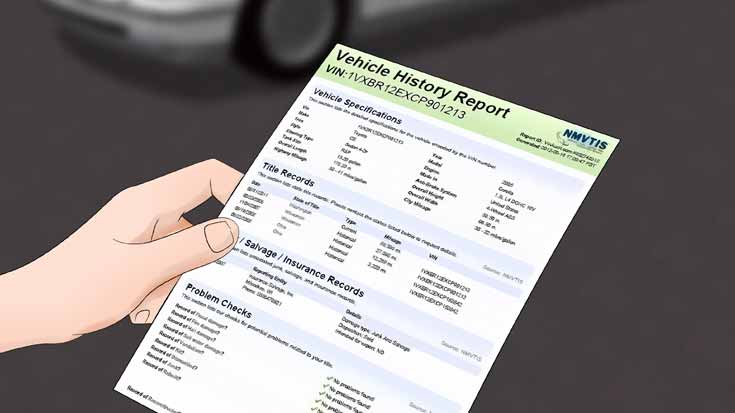A motor vehicle report is a public record that displays a person’s driving history and includes citations, accidents, DUI convictions, license suspensions and revocations. It also shows their license status, class and any restrictions or endorsements they have.
Employers that rely on delivery drivers, taxis or other roles that require driving need to check MVRs regularly. Otherwise, they risk lawsuits, brand damage and skyrocketing insurance premiums.
Accuracy
A motor vehicle report (MVR) is a document of an individual driver’s driving history from their Department of Motor Vehicles in each State. It contains information such as the person’s driving record, driver violations and citations, their license status, suspensions and revocations, and more. The specifics and level of detail in MVRs differ from State to State, even with the standardized coding of violations used across the United States.
Crash data serve as the primary observable measure of safety on the roadway. However, it is also important for transportation professionals to look at other sources of data that can indicate potential safety risks. These surrogate measures, such as avoidance maneuvers and interactions between road users, may be more indicative of crash risk than simple traffic volume analysis. Identifying and analyzing these types of data will allow transportation professionals to select more effective countermeasures to reduce crash occurrence and severity on roads. They can then take the necessary steps to ensure that their employees are safe on the road and minimize liability in the event of an incident or crash.
Compliance

Whether you are a DOT-regulated company or not, running MVR checks is an essential step in the hiring process. It helps ensure the safety of employees and passengers.
However, MVR compliance can be a complex matter for employers. From how to notify candidates and follow adverse action procedures, to how to handle the sensitive information you receive, there are numerous regulations you must abide by.
Those in the transportation industry know that one bad accident caused by an employee could send insurance premiums skyrocketing and create a reputational nightmare. That’s why federal and state laws require companies to run MVR checks before hiring or promoting drivers. Partnering with a provider that has a streamlined MVR check process can help you remain compliant and build a team you can trust to keep your customers safe on the road. This way, you can focus on delivering quality service and growing your business. Checkr’s continuous MVR solution automates the process and keeps you in-the-know so you can make fast, accurate decisions, Check out the post right here.
Discrepancies
Motor vehicle reports can reveal a lot about an individual, but there can be discrepancies between records. For example, if someone went to traffic school to reduce points from a violation and didn’t get it removed from their record, it can affect how much they pay for car insurance or may even prevent them from being considered by employers for certain jobs.
A MVR search typically only returns records from the state of the driver’s license issuance (usually three years). But if the driver has lived in multiple states, they might have bad driving histories hidden in those other jurisdictions.
For this reason, it’s important for employers to review all information sourced from public records and commercially available data sources before hiring. If you notice any errors in the data, contact the source to have them corrected. This helps to ensure that the data is accurate and reliable. It also helps to avoid costly mistakes that can result in expensive lawsuits, brand damage, or skyrocketing insurance premiums.
Errors
Crash data are collected by police officers at the scene of a crash, who then key the information into a database. Unfortunately, mistakes do happen. Just like errors on credit reports, those that appear on an MVR or C.L.U.E can affect your life – including losing out on job opportunities, getting denied for insurance and paying higher rates.
Many States have a variety of law enforcement agencies that collect crash data, and they also have different systems for collecting and processing data for analytic use. This leads to inconsistent or non-uniform data. For example, some data collection systems may not provide the opportunity to capture crash rate information (crash incidents per amount of traffic), which is important when considering roadway improvement projects and assessing road safety performance.
Conclusion:
If there is an accident on your record that didn’t occur, you should check with your state’s Department of Motor Vehicles to make sure that the erroneous information has been removed. This will help protect you from lawsuits, lost business opportunities and skyrocketing insurance rates.

